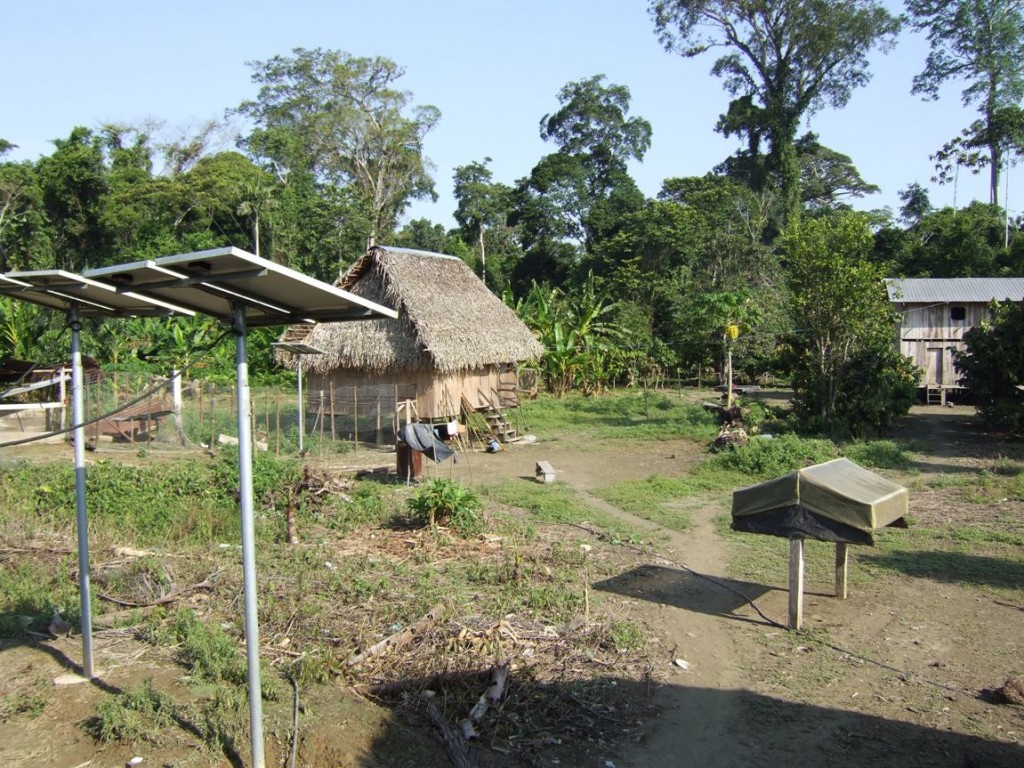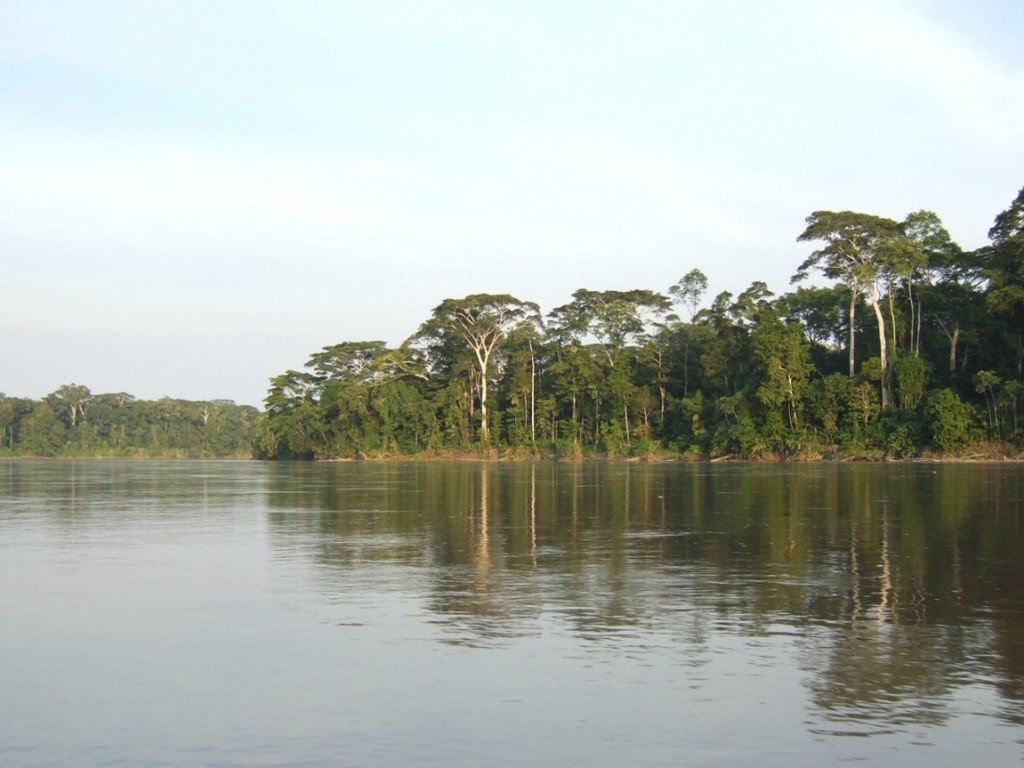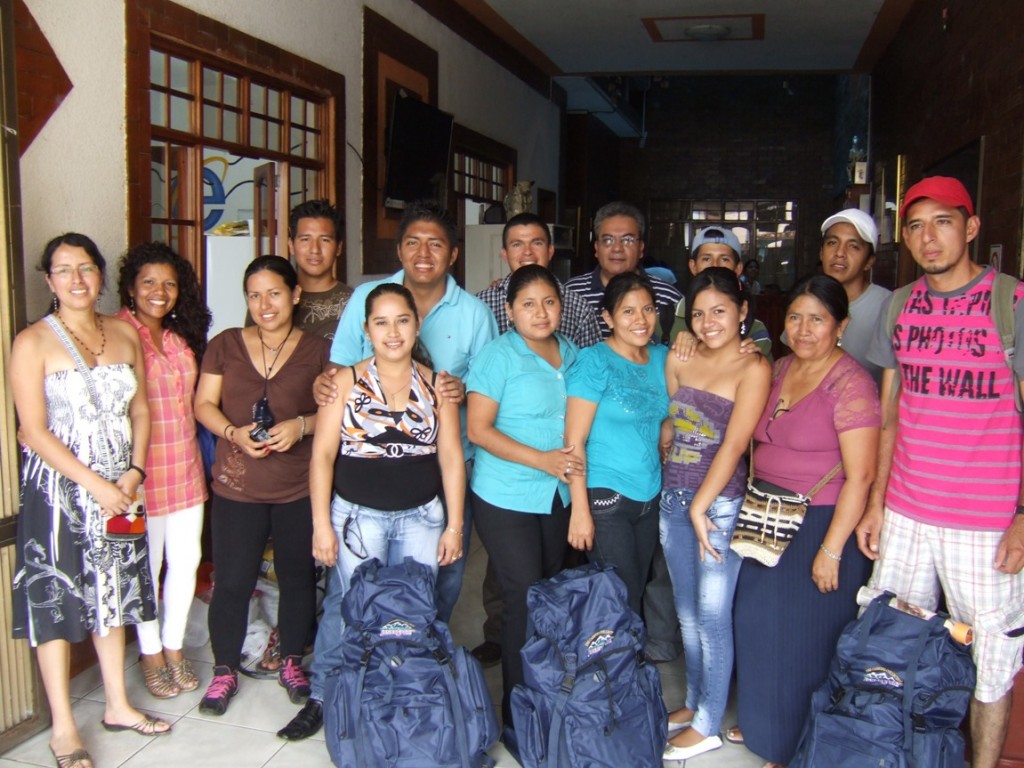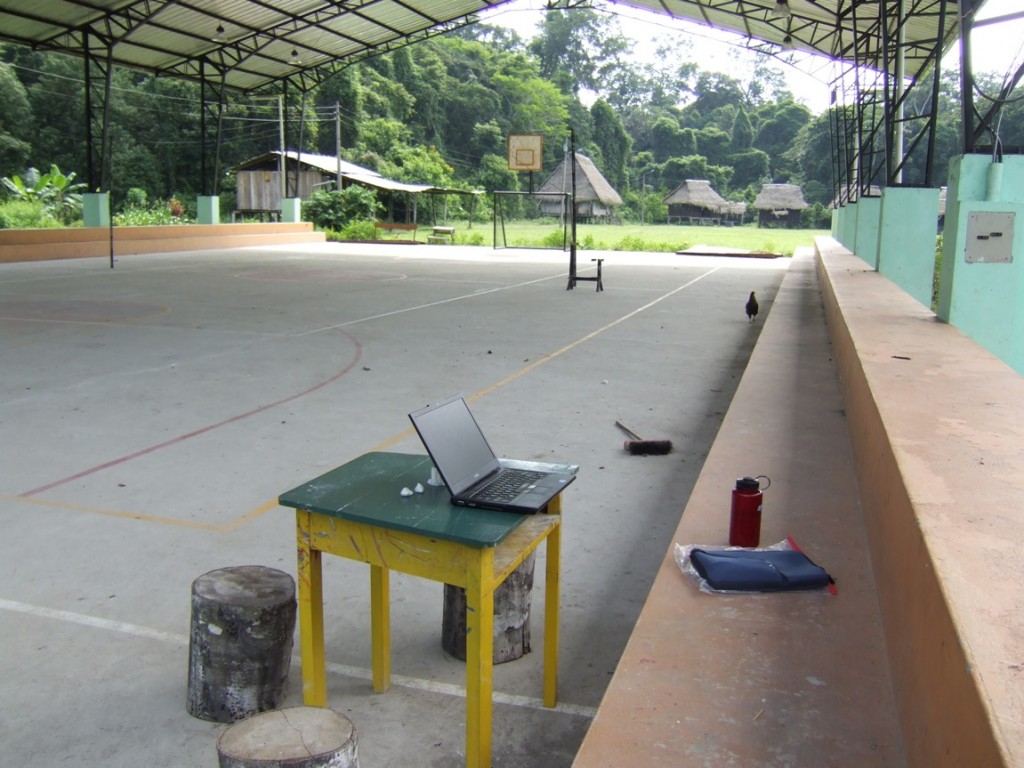UNC researchers led by faculty members Clark Gray and Richard Bilsborrow have begun to release the findings from an 11-year study of indigenous livelihoods and demography in the Ecuadorian Amazon. Building on a household survey conducted with 500 indigenous households from five ethnicities in 2001, the team returned to re-interview the same households in 2012, creating a unique longitudinal dataset. The five study populations (the Cofán, Secoya, Waorani, Kichwa and Shuar) are culturally distinct and inhabit remote, highly biodiverse areas where they are increasingly exposed to oil exploration and agricultural colonization. Recently released analyses of these data reveal that (1) participation in hunting, fishing and forest product collection has declined over time (Gray et al. 2015), (2) the number of children per woman has declined slowly while the desire for contraception has grown rapidly (Davis et a. 2015), and (3) exposure to oil activities has both positive and negative consequences for indigenous livelihoods (Bozigar et al. 2016). Together the results highlight both the challenges and opportunities faced by Amazonian indigenous peoples in an era of global environmental change and economic integration. Additional analyses of these data will investigate the patterns and drivers of change in indigenous migration, health and agriculture. The study is supported by the National Institutes of Health and additional information about the study is available here.
The community of Zábalo
The Aguarico River in Cuyabeno National Park
The 2012 survey team
Field office in Zábalo





